Chronic shame is deeply woven into the stories and neurophysiology of many of clients seeking therapy. Because chronic shame is a relational injury, with its roots in early life, it is woven into the fabric of the self and largely nonverbal in origin, impairing healthy relational capacity, disrupting regulation, and most significantly, distorting one’s sense of self. This early wiring of the psyche and body becomes the shaky ground that further shaming experiences across the lifespan are built upon.
In clinical practice, chronic shame shapes the therapeutic work and relationship, this can be both confusing for client and therapist, and can be a forceful inhibitor of the therapeutic process. In my teaching and clinical practice, an area of focus when working with clients who struggle with chronic shame, is meeting the underlying emotion that is present, but often inaccessible below the content—to listen below the words.
In therapy, clients often offer appraisals of themselves and their inherent lack of self worth or value which are truly heartbreaking and categorically untrue. In these moments, therapists get to glimpse the tormented, distorted inner world of the client. In response to this anguish, therapists can feel compelled to offer kind and (often) accurate assurances to the contrary, attempting to talk them out of their bleak view of themselves, to provide them (and the therapist) some respite from the suffering which has now enveloped the therapeutic space. This will have little effect.
Despite the best clinical intentions, meeting chronic shame head on through cognitive means is counter productive, and Schore tells us, refractory (2015). It often initiates an attack or collapse within the client—a reflexive defense of their distorted position, which to the client feels irrefutable on all levels, cognitively, emotionally, and neurophysiologically, due to the well worn and catastrophic shame cascade. Additionally, there is often a myriad of examples from their history that verify to themselves their distorted assessment. Engaging too cognitively with chronic shame activation puts the clinician into conflict with the client’s understanding of themselves, the world, and their place in it; with our words, often not heard as accurate, or exploratory, or true, but misheard and misinterpreted as threatening, pitying, mocking, or just plain wrong. The other side of this mishearing and misinterpretation, is for the client to hear us as confirming their worst beliefs, adding yet another layer of ‘proof’ to their bleak belief of self. This creates a delicate and difficult therapeutic dance, that can easily activate the therapist’s own feelings of inadequacy, inefficacy, and shame. So, given this dynamic, what to do?
In working with clients with chronic shame, we want to keep our ears, and even more importantly, our hearts, tuned to listen for the painful emotional truths that exist below the thinking, stories, beliefs, and appraisals that they offer up in therapy. Our attention is tuned to listen for the emotion that is below the client’s words, what may be largely out of their awareness, what is too painful to share or tolerate. Therapists want to listen for the loss, the pain, the fear, the sadness, and the relational cruelty that the client endured. It is these events and experiences which created the necessity for chronic shame to exist for them as both a source of protection, and (unwittingly), the creator of immense pain. Therapists want to listen for the excruciating double bind that exists for these clients—wanting to connect with people, and the fear and threat of connecting—as people have been the source of their pain. This fear extends to, and is often exacerbated within the therapeutic relationship.
When we notice these underlying truths of loss, longing, sadness, grief, etc., we can gently, and with absolute congruence, reflect back what we are seeing and tracking emotionally, how we imagine it was for them at the time of the experience or in the relationship, or how their words are impacting us in the moment, to name a few. Our therapeutic intent is to respond as a caring, engaged, interested person, something which has often been so lacking in the lives, particularly the early lives, of our clients with chronic shame. We want to offer a glimpse of a new relational reality where their words and experiences have meaning and touch others.
I have found that over time, through attuned attention to the underlying emotions existing below the chronic shame, clients become better able to take in (if only for a moment), the reality and truth of what is being reflected back to them, and get a clearer view into their emotional world which has been disavowed, dissociated, and distorted. As this expanding view of themselves becomes internalized, the world, their place in it, and the possibilities for living (hope, creativity, dreaming, excitement, etc.) emerge, inviting growth and greater freedom in all areas of life.
Is your interest piqued? Check out my workshop on chronic shame
References
Schore, A. (December 2015). Allan Schore Seattle Study Group.
